Popular ‘Double Arch’ Tourist Feature Collapses in Utah
A popular geological feature frequently photographed by tourists in Utah’s Glen Canyon National Recreation Area has collapsed.
Park rangers have proposed that changing water levels coupled with an increase in erosion contributed to the demise of the structure, leaving many to question whether humans have a direct effect on its destruction.
Utah's Sheer Beauty
The state of Utah is widely recognized for its outstanding natural beauty, much of which can be observed in its various national parks, including the extremely popular Arches National Park.

Source: Wikimedia
A vast portion of the Glen Canyon National Recreation Area also runs throughout Utah. The recreation area covers an estimated 1.25 million acres and provides visitors with scenic views, fascinating geological features, and a plethora of other natural treasures.
The Double Arch of Utah
One of the most photographed structures in Glen Canyon is a geological feature often referred to as “Double Arch” or “Toilet Bowl.”
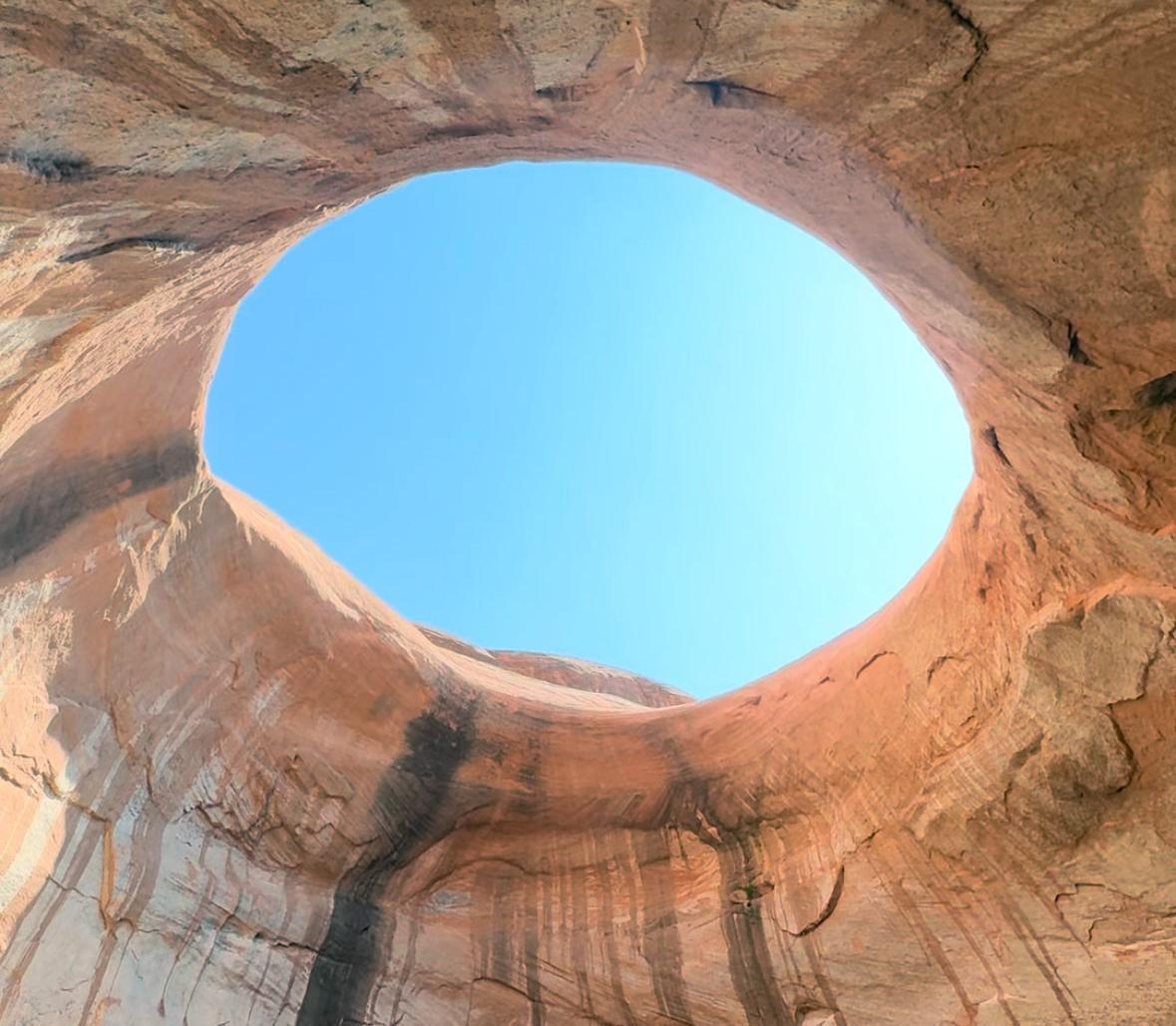
Source: National Park Service
This frequently visited geological wonder, also known as “The Hole in the Roof,” has caught the attention of all who wander through the recreation area, with many stopping to take pictures of it.
Double Arch Collapses
Frequent visitors of the recreation area were shocked to hear the Double Arch had collapsed and plummeted into the Rock Creek Bay of the Glen Canyon.
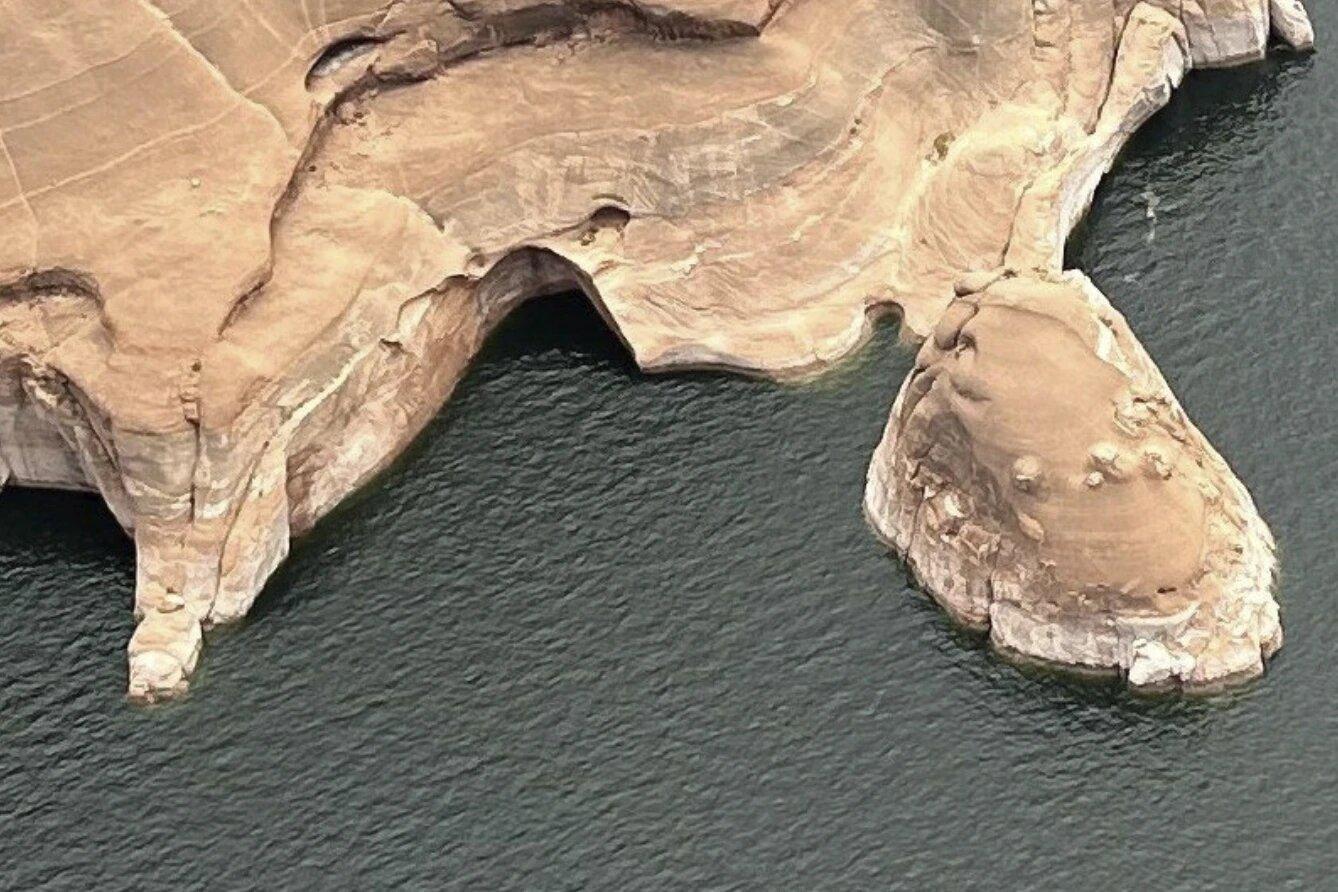
Source: National Park Service
According to a statement from the National Park Service, the event occurred on August 8, 2024. While they are uncertain as to why the geological feature collapsed, they did report that no one was injured during the event.
Park Rangers Suspect the Changing Water Levels Are to Blame
Park Rangers of Glen Canyon National Recreation Area believe the changing water levels witnessed at Lake Powell, coupled with wave erosion, could have significantly contributed to the demise of the popular geological feature.
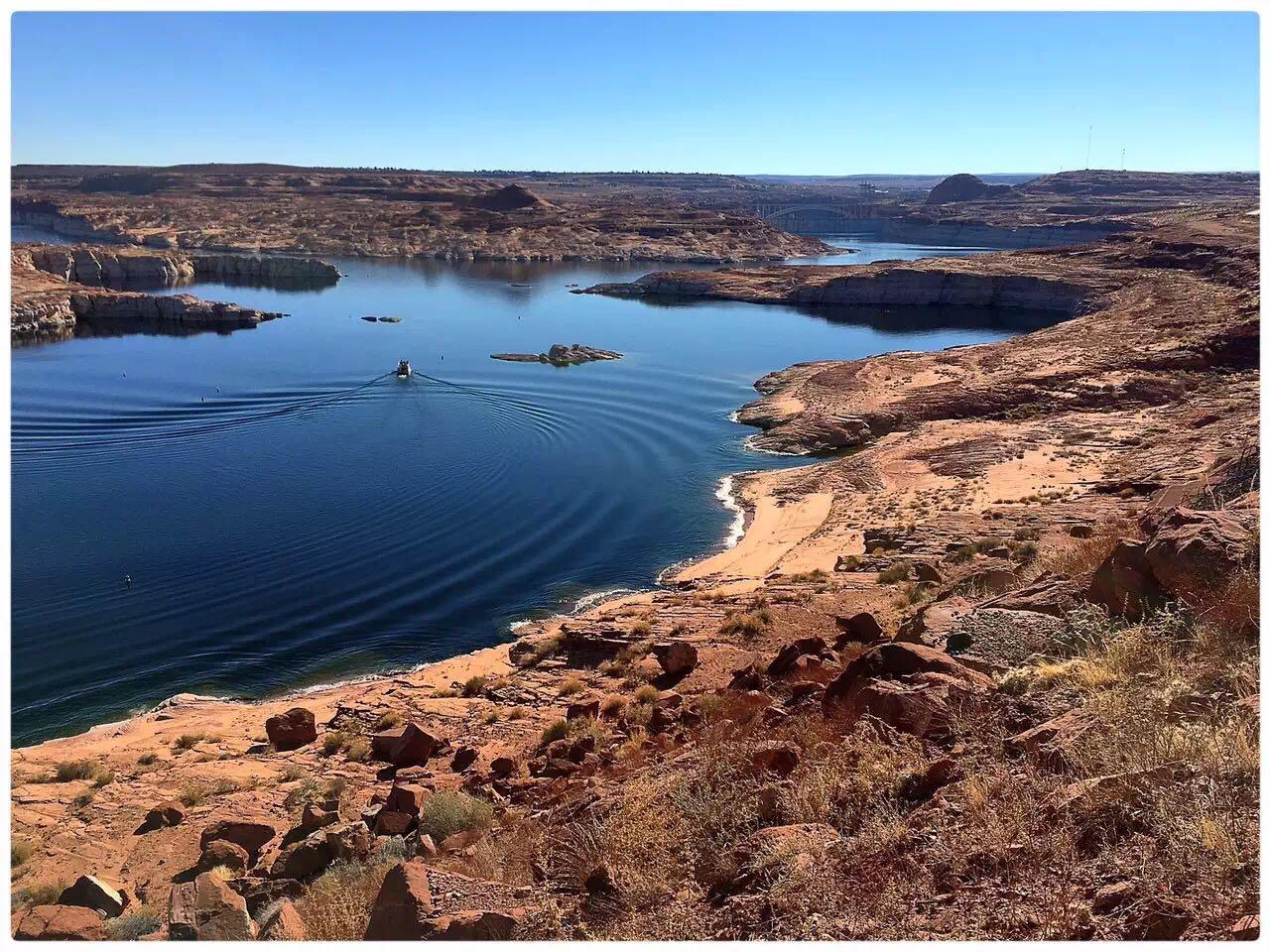
Source: Wikimedia
The artificial reservoir has had a particularly challenging few years, and severe droughts have drastically lowered the water levels on several occasions.
Mineral Resources of the Lake Must Be Protected
Michelle Kerns, superintendent of the recreation area that spans the border of Utah and Arizona, suggested the event serves as a reminder that mineral resources surrounding the lake must be better protected.
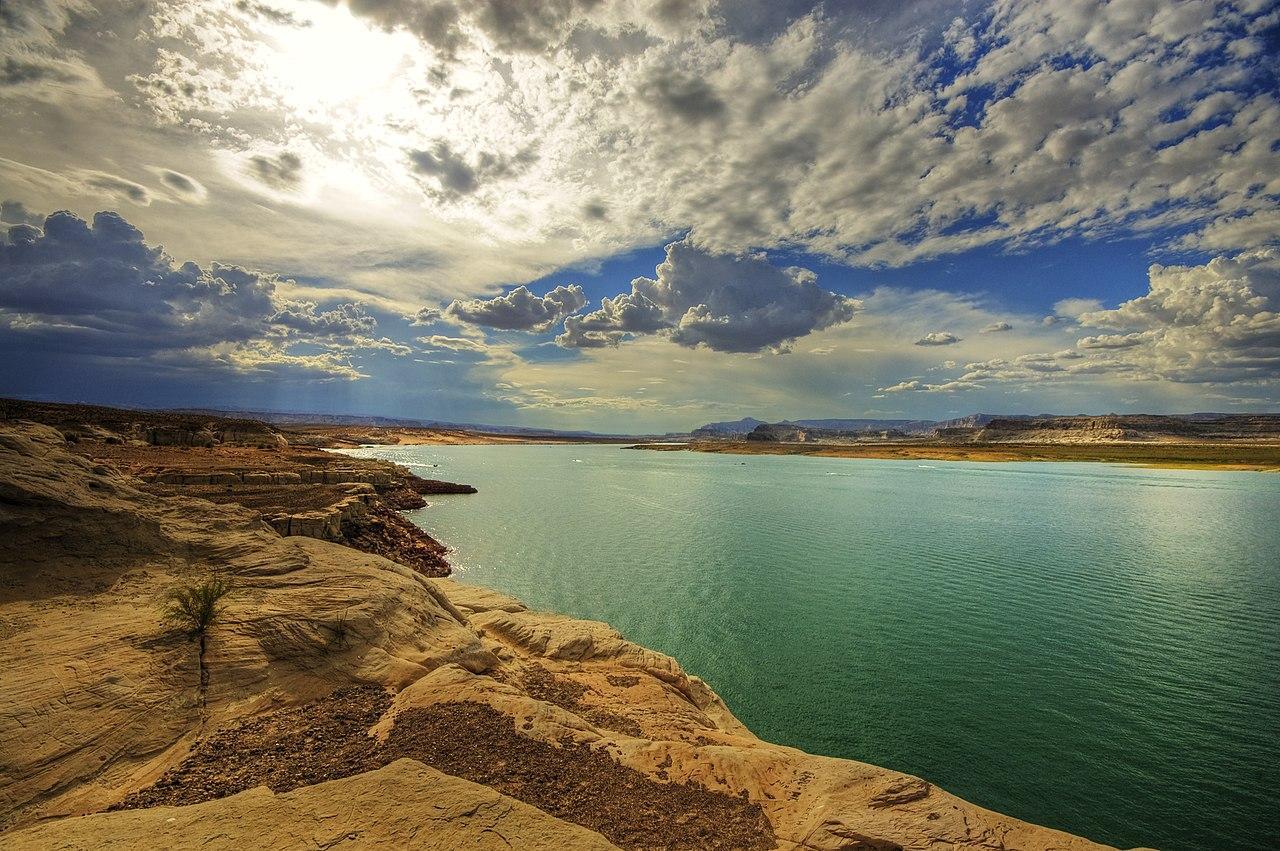
Source: Wikimedia
“These features have a life span that can be influenced or damaged by manmade interventions,” she said in a statement.
The Result of Nature
Despite the concern surrounding the Double Arch’s demise, Jeff Moore, a professor of geology at the University of Utah, explained that it was simply a result of nature.
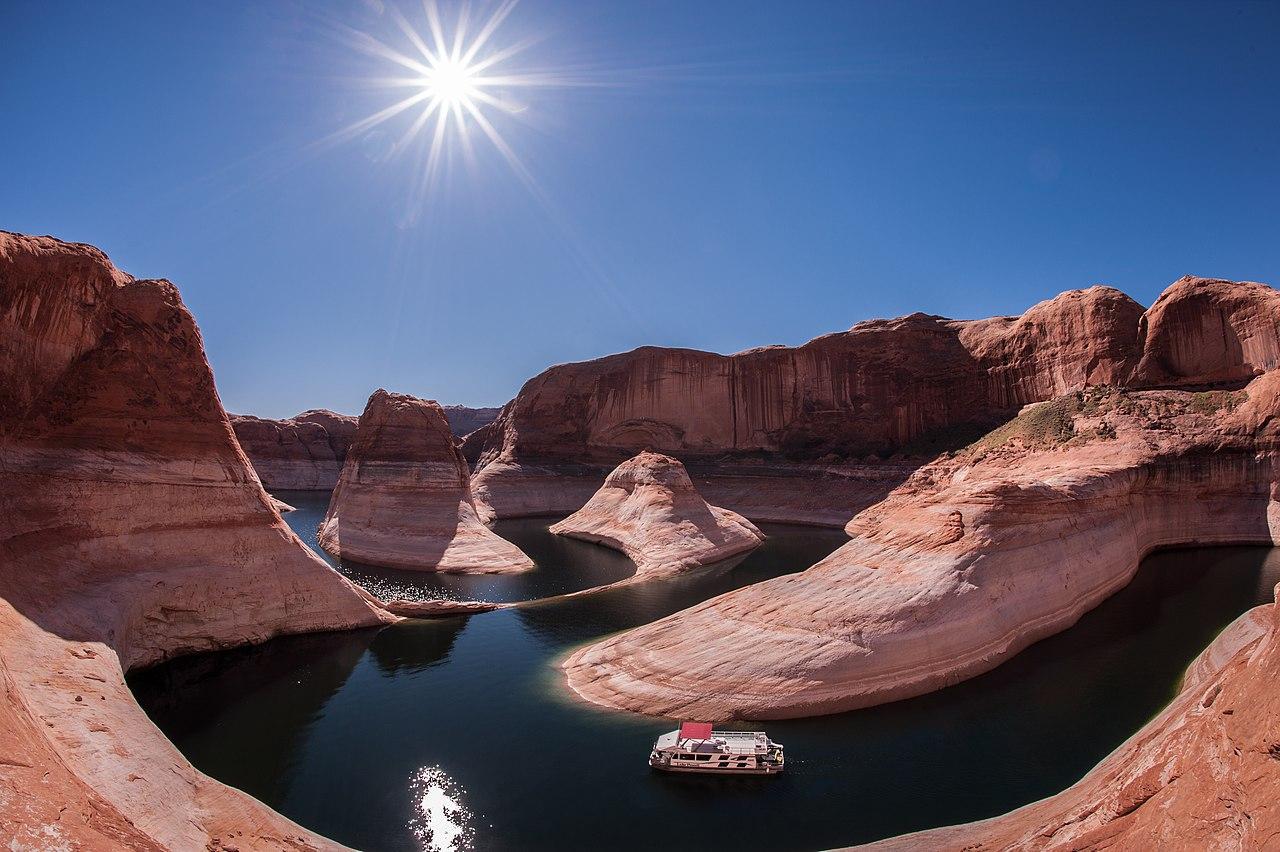
Source: Wikimedia
Moore and colleagues have been studying numerous arches throughout Arches National Park for over a decade. Regarding the demise of the Double Arch in Glen Canyon, he said it was “a natural process in the life span of an arch.”
Double Arch Was Nearing the End of Its Life
According to Grant Willis, a retired geologic mapping program manager at the Utah Geological Survey, several signs indicated that Double Arch was reaching the end of its life before it eventually collapsed.
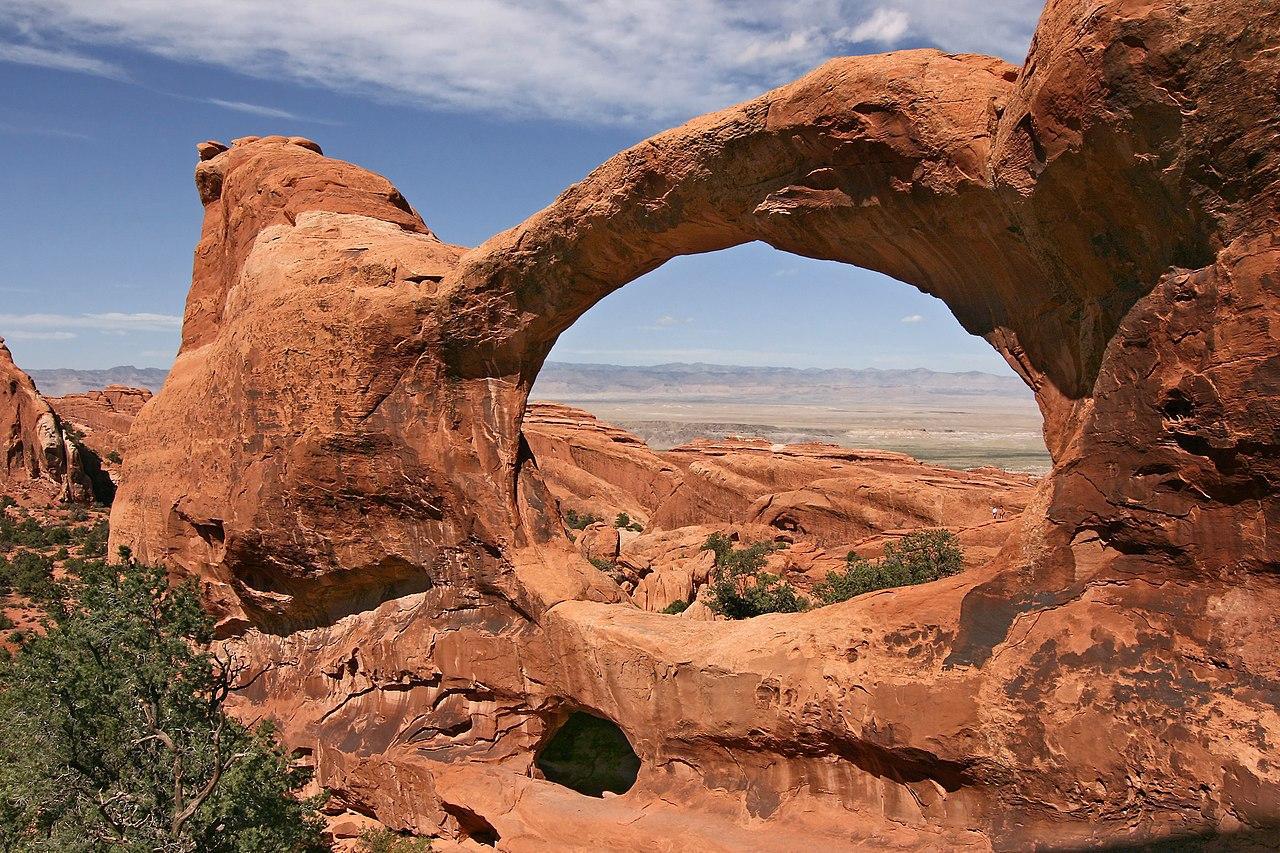
Source: Wikimedia
“All our arches go through a life cycle,” he said. “That has nothing to do with years. It has to do with the progress of the arch… Certainly, Double Arch was old-aged.”
Sculpted by Nature
Geologists surmise the arch was formed nearly 200 million years ago, being comprised of Navajo sandstone that originated during the late Triassic period.
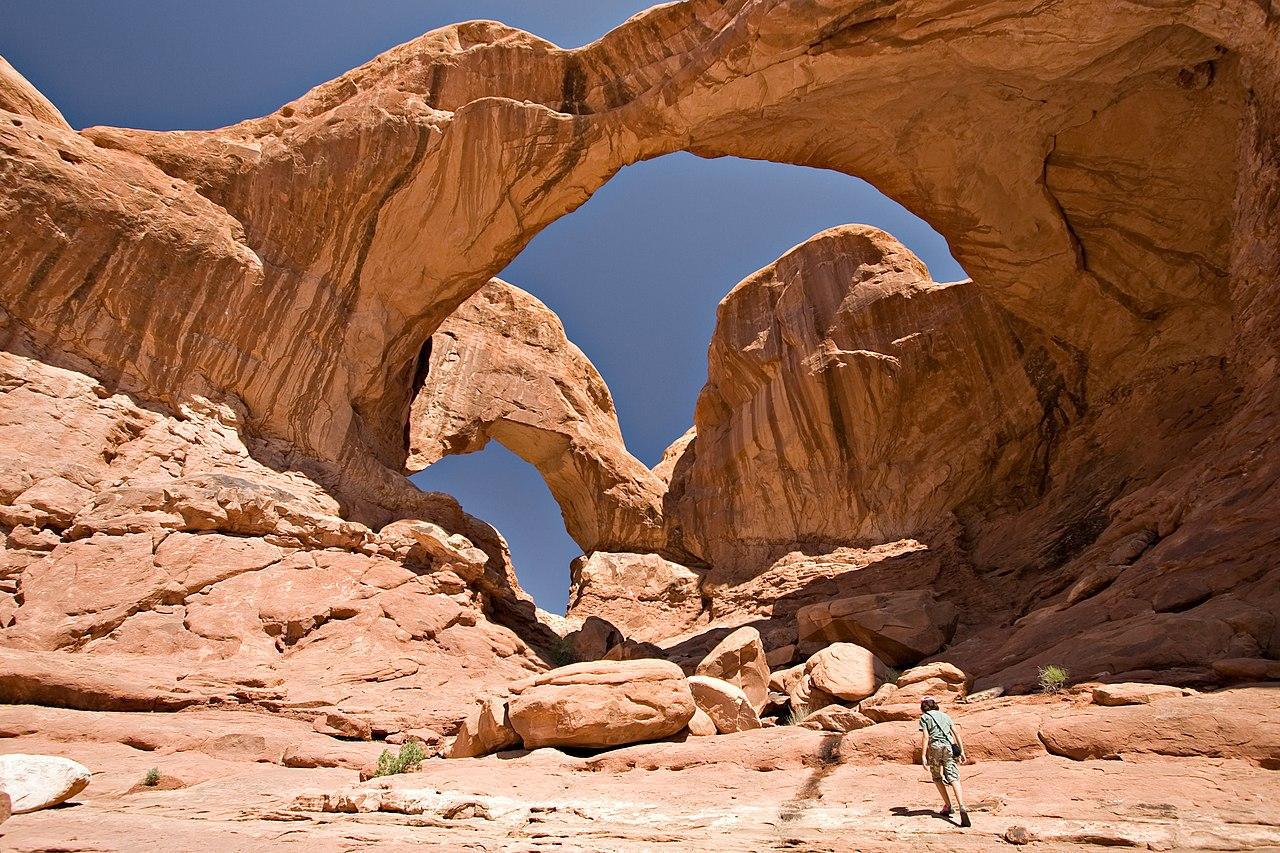
Source: Wikimedia
Moore defined the Double Arch as an erosional sculpture” by nature. “They form through erosional processes, and once formed in small increments and small moments, they enlarge and sculpt,” he said. “Sometimes, this sculpture leads to the formation of naturally strong arches, and sometimes it does not.”
Not an Ideal Form for an Arch
Moore proposed that the collapse of the Double Arch was related to its lintel, which is otherwise defined as the “spanning feature” or the amount of unsupported rock on the geological feature.

Source: National Park Service
“Those that can, by chance of luck, form into these strong lintels, they survive a longer time than those that form into a less strong geometry,” he said. The Toilet Bowl arch had a lintel with a flatter line, which is “not a particularly ideal form for an arch.”
Human Interference Possibly Linked to the Double Arch’s Early Demise
Moore doesn’t entirely rule out that human intervention may have hastened the demise of the arch, however.

Source: Wikimedia
“In essence, none of what we do can be helpful for the structural integrity of an arch,” he said. He added human interference may have resulted in “cumulative effects over decades.”
The Decay of Arches
Regardless of the reasoning, Moore explains that all Arches eventually wither away, and this is simply part of their geological lives.
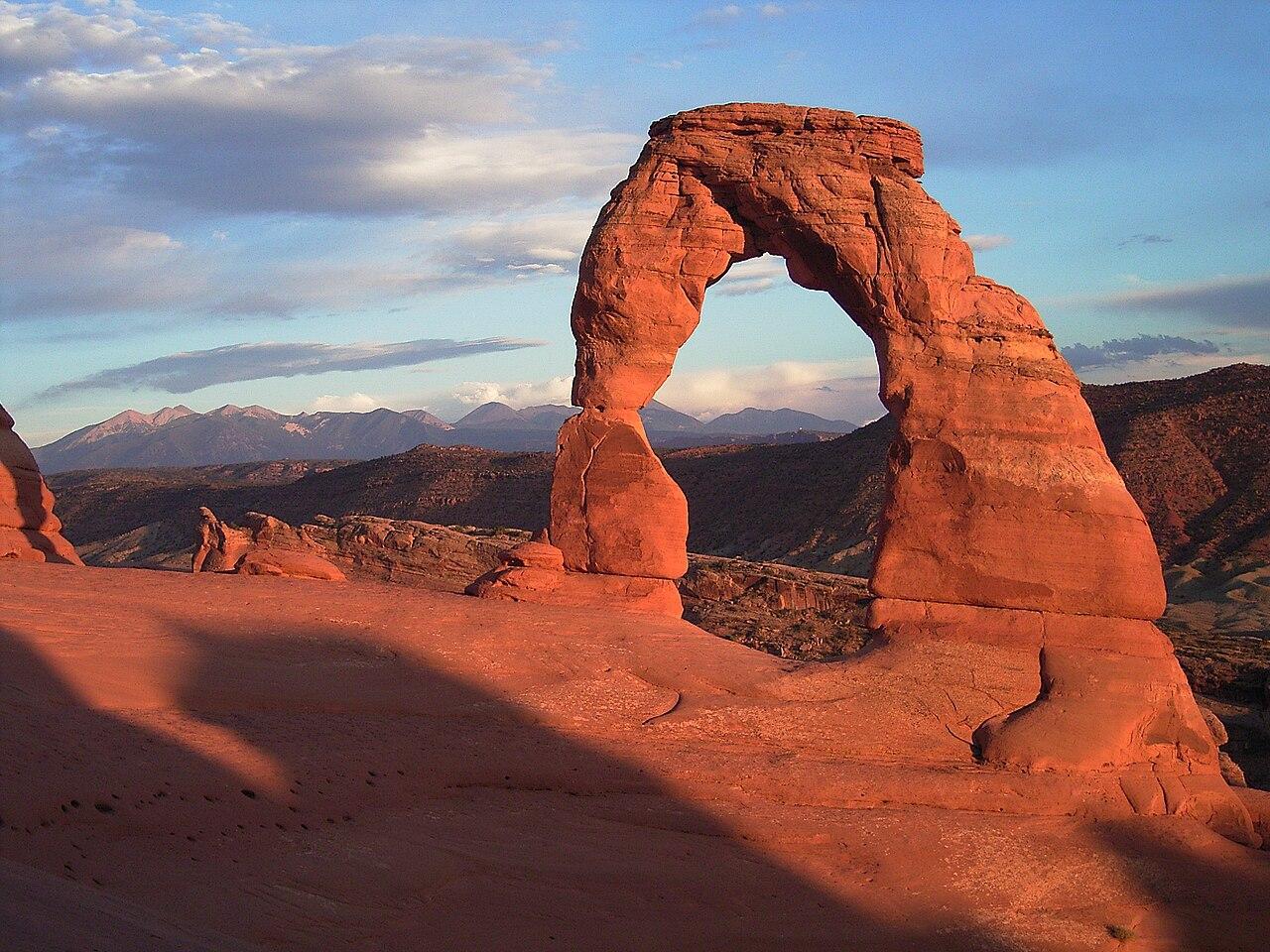
Source: Wikimedia
“These arches are almost always at a critical state of stability. Even though its evolution is slow on our human time scale, there they are actively forming and changing. It might have taken 10,000 years to achieve this form. And so, in some cases, I think it’s really lucky that we are able to be here at that moment,” he said.
